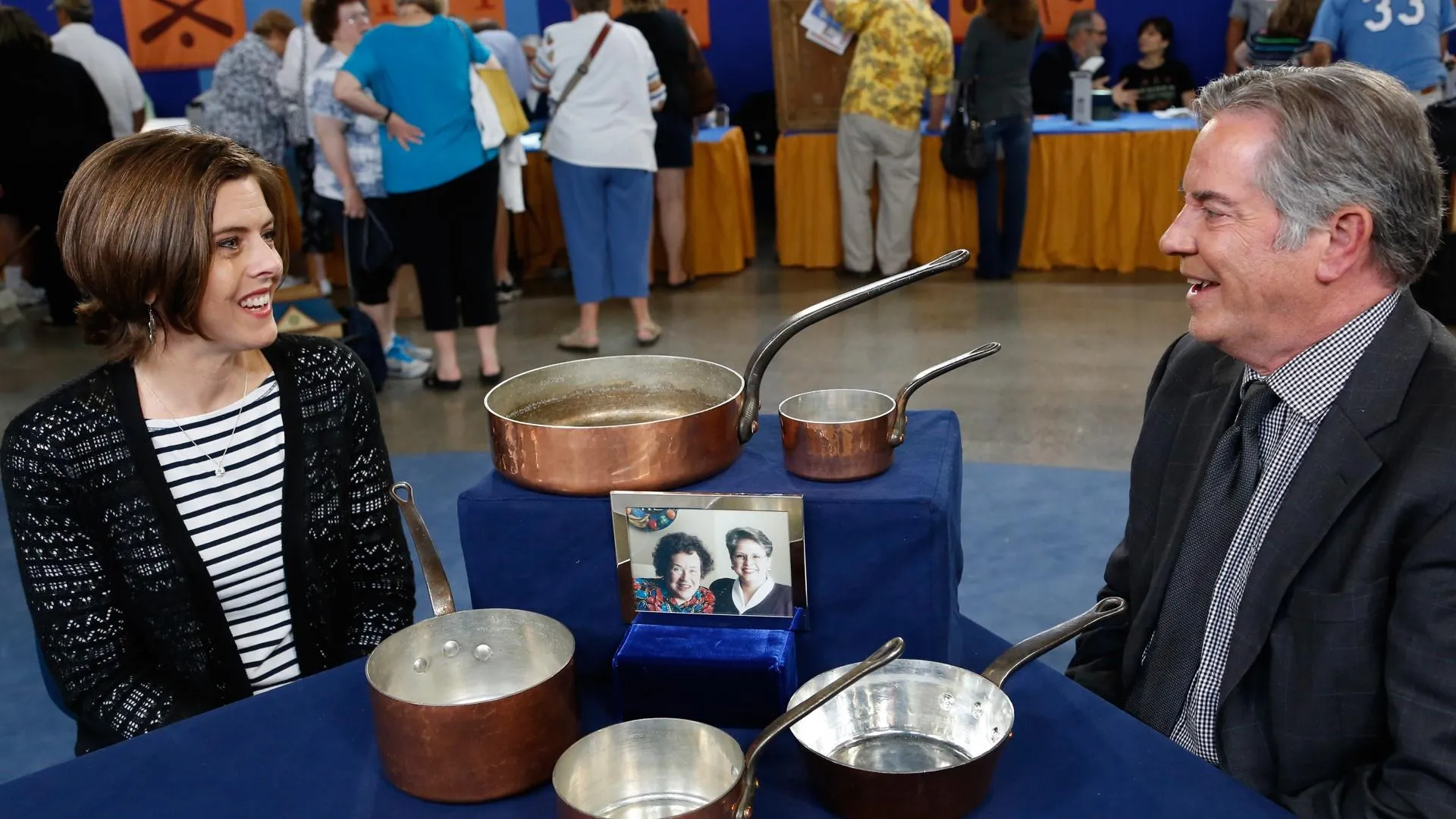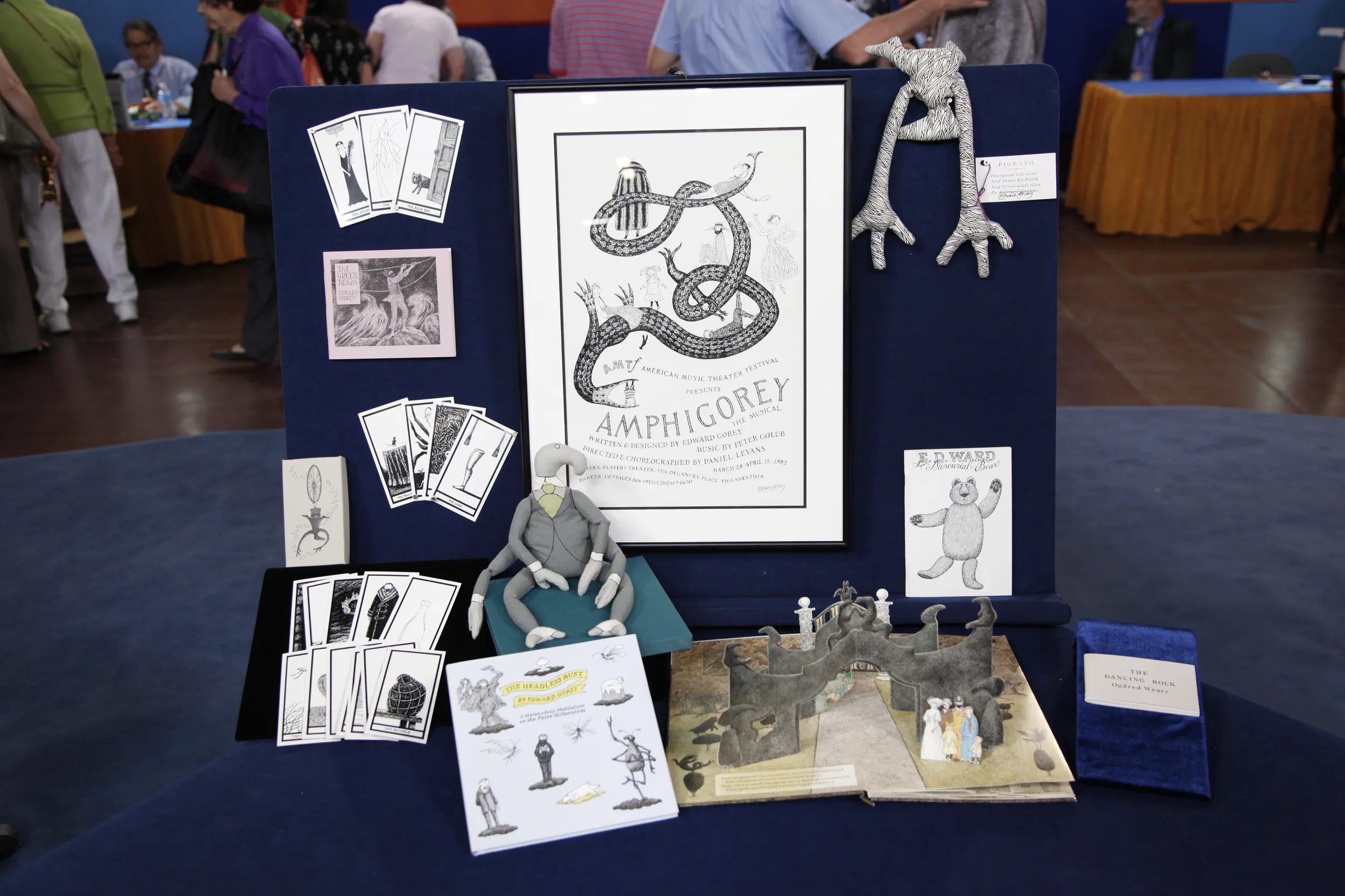GUEST: I brought in some Mardi Gras invitations from 1898 from my grandmother. And in 1898, she would have been turning 16, so she got to go to the Mardi Gras balls.
APPRAISER: Fantastic. These are invitations for the balls that would go before the Mardi Gras parades. And for the social elite of New Orleans, it could be a coming-out party, like it probably was for your grandmother.
GUEST: 16, yeah.
APPRAISER: Which is absolutely fantastic. Now, the amazing things about these, this is 1898 from the Carnival krewe called Comus.
GUEST: Right.
APPRAISER: Now, the Carnival krewes were party organizers. Comus was the oldest continuously existing and operating Carnival krewe. They were founded in 1857. And they traditionally operated sponsoring balls, sponsoring floats all through New Orleans. And they were a very secretive society. People would hope and beg and steal to try to get one of these invitations. It was a very prestigious thing to be invited to. Now you've got this wonderful chalice lithoprint, and it opens up to this absolutely beautiful display. You've got the winds blowing, you've got the jester over here and this absolutely beautiful, beautiful piece. And it's in fairly good condition. It's got a few pin holes where it was probably stapled to the wall or some such. This one over here is an invitation to the Nereus Ball, also in 1898. February 7. The Comus balls ended the Carnival season, while the Nereus one was a little earlier in the season. And these were very elaborate invitations. They were made to open up. All lithographed. I mean absolutely beautiful, beautiful pieces. Even though it's got some condition issues with the sides broken off, this one's still, for an auction estimate, in the $300 to $400 range.
GUEST: Wow, really? I had no idea.
APPRAISER: Now this one, this is one of the rarest and most valuable of the invitations.
GUEST: Really?
APPRAISER: An auction estimate would be between $1,800 and $2,300.
GUEST: Oh, my gosh. Oh, my gosh. I can't believe that. Wow.







